The ‘illusion of choice’ is a psychological effect in which individuals believe they are in control of a decision when, in fact, their choices are subtly manipulated. In online marketing, this phenomenon is important in maximizing click-through rates (CTR).
When too many choices are offered to users, they tend to suffer from decision fatigue and fail to act. Conversely, when choices are carefully framed, users feel empowered yet are directed toward a desired action. For instance, a CTA such as “Would you like to begin your free trial today or tomorrow?” gently directs the user toward conversion without compelling them.
Website designs, ad copy, and even email subject lines take advantage of this effect too. Reviewing only two or three carefully chosen options avoids the cognitive overload while allowing for a sense of agency. Even color psychology comes into play—contrast buttons and compelling microcopy can make one option look more appealing.
A/B testing tends to expose the fact that fewer choices result in greater engagement. Netflix, for example, tailors customized recommendations instead of presenting infinite content, maximizing viewer hold. Likewise, shopping brands implement filtering options to put forward “recommended” or “bestsellers,” pervasively affecting purchasing decisions.
To marketers, the illusion of choice implies designing experiences that make users perceive control while steering them toward an intended action. Through optimizing how options are given, companies can effectively increase CTR and conversion rates.
#DigitalMarketing #ClickThroughRate #PsychologyInMarketing #ConsumerBehavior #MarketingStrategy

